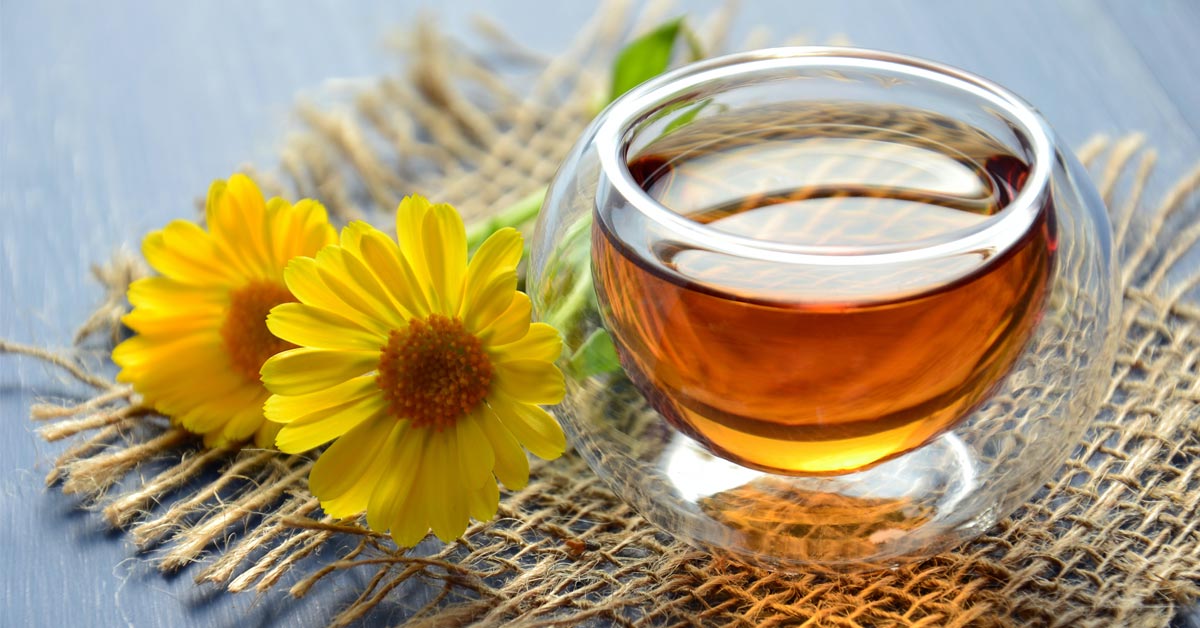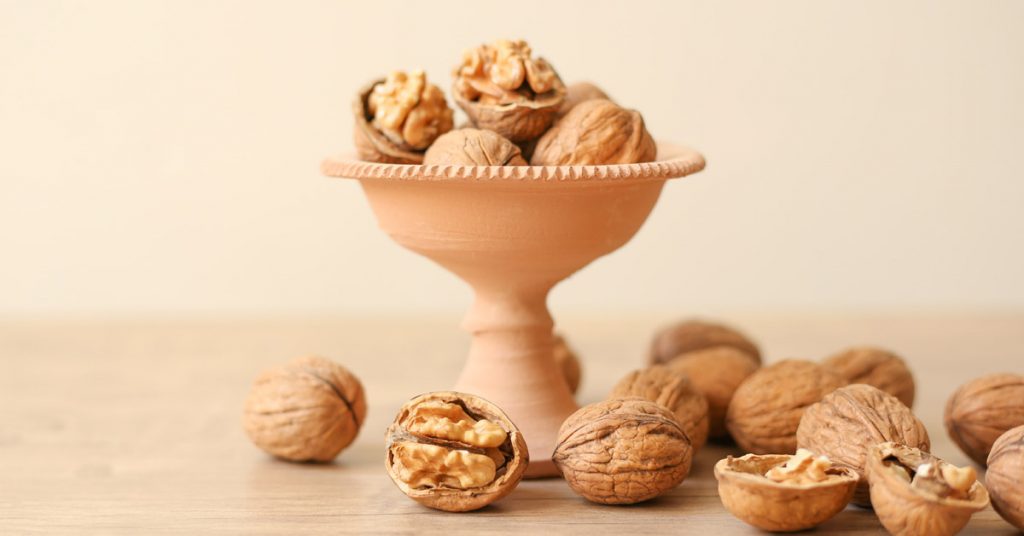Kashmiri honey has always been popular. Besides its distinct taste, it is also a more preferred variety owing to its organic and pure nature and health benefits. Those who have tried real Kashmiri honey know of its purity and how amazing it is. And in case you haven’t tried it, you certainly should and we are sure you won’t go back to using any other honey.
Kashmir is a major producer of honey in India and is also one of the top exporters of honey. To know more about your Kashmiri honey, keep reading on. Here, we give you insights into the honey-making industry of Kashmir. So that when you buy it the next time, you know how it is obtained and how good it is for you.
Btw, honey has great health benefits. And if consumed regularly, it will help your immune system a lot.
Honey Production in Kashmir
Beekeeping has been an age-old tradition in Kashmir, especially in rural areas for generations and generations. This tradition has now turned into a business in the valley owing to the increasing demand for Kashmiri honey.
The whole of Kashmir valley is known to have several varieties of flowering plants and numerous large swathes of forests, keeping the beekeeping business at the forefront. Moreover, since the business doesn’t require much investment, the business is now getting adopted by more and more locals. Currently, there are thousands of bee colonies in Kashmir and around 400 tonnes of production each year.
The locals use native honeybees for beekeeping as these bees are known to be natural pollinators for a variety of fruits and crops. The indigenous honeybees Apis cerana are the bees that are traditionally used by beekeepers. The Apis Mellifera bees are also commonly used.
Usually, the season for obtaining the honey begins in April and continues till August and after this, the honeybees are migrated. Since times immemorial, traditional beekeeping has been in practice in Kashmir. Beekeeping in Kashmir is practised in box hives, log hives or wall hives. Different parts of Kashmir follow different beekeeping practices.
A log hive is basically a tree trunk hollowed from inside and closed at both ends and has holes along its length. They are cylindrical in shape and made out of hollow logs. Its ends are either closed with a piece of wood, tin or a mix of clay and cow dung. The honey from such hives is harvested by opening one of its closed circular ends. Only the combs at the two ends are removed and the ones in the centre are kept intact. Around 3 to 5 kg of honey is obtained from these hives.
The use of wall hives is quite ancient too. Holes or hollows are made in mud walls. Many beekeepers in Kashmir wall hives on the exterior walls of their houses. Before these wall hives are sealed, a mixture of beeswax, honey and herbs is usually added to them to attract the bees. Honey is harvested once a year and the yield is about 2 to 3 kgs.
The Honey-Making Industry
The best part about Kashmiri honey is that it is 100% raw and organic. It is not heated and is in the purest form possible. Due to this, it has some wonderful medicinal properties. The honey from the valley of Kashmir is amber-coloured and has a pleasant aroma and a distinct and sweet taste.
After its production, the honey is mostly locally distributed. While Kashmiri honey is still pretty popular, it still has a long way to establish itself in the global market. Considering the wide variety of flowering plants and forests in Kashmir, the potential for growth of the beekeeping or honey-making industry is immense. However, honey making as a business in the valley is definitely on the rise and year after year, its demand is increasing. It is the means of livelihood for several families across Kashmir and more and more people are now considering the business.
The government too is trying out every possible way to strengthen and boost this industry further. In fact, ‘honeybee tourism’ is being promoted in the valley and the tourism industry has seen a surge in the number of tourists since then. One of the most expensive honey types is also now in Kashmir.
ⓘ LAFFAZ is not responsible for the content of external sites. Users are required to read and abide by our Terms & Conditions.








